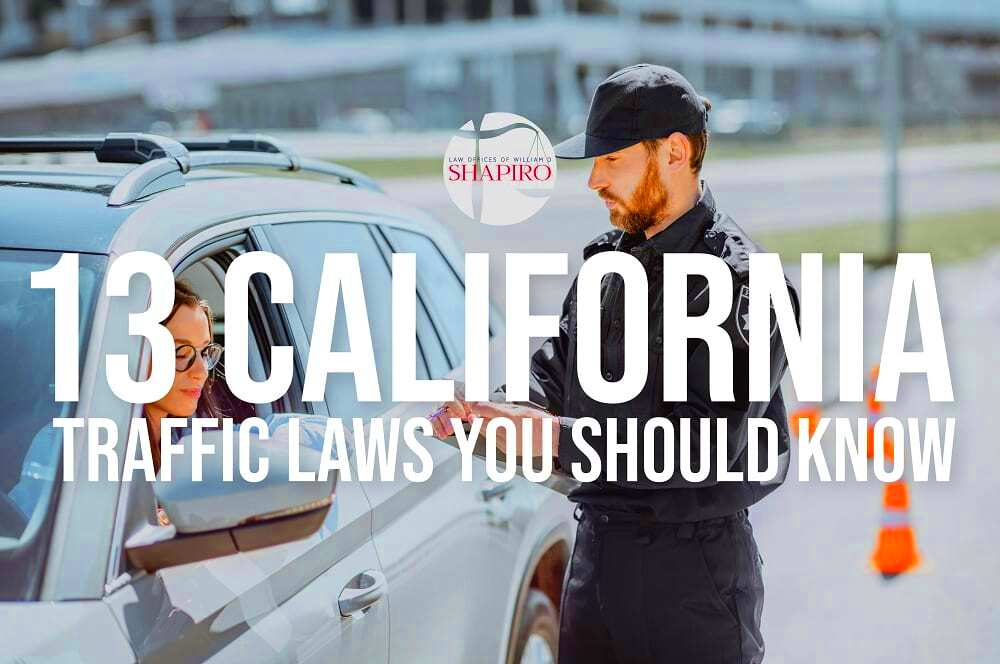Understanding California Traffic Laws
California traffic laws are designed to ensure safety on the roads. With millions of drivers on the road every day, understanding these laws is crucial for everyone. Whether you’re a resident or just visiting, knowing the rules can help you avoid fines and accidents. In this blog post, we’ll explore key traffic laws, speed limits, and more to help you navigate California’s highways and byways safely.
Key Traffic Laws in California

California has several key traffic laws that every driver should be aware of. Here are some of the most important:
- Right of Way: Always yield to pedestrians in crosswalks and vehicles on the road when merging.
- Use of Mobile Phones: It is illegal to use a handheld device while driving unless you have a hands-free system.
- Stop Signs: Come to a complete stop at all stop signs. Failure to do so can result in a ticket.
- Turn Signals: Always use your turn signals when changing lanes or turning to inform other drivers.
- Seat Belt Laws: All passengers must wear seat belts. Failing to buckle up can result in fines.
These laws help create a safer driving environment and reduce the chances of accidents.
Understanding Speed Limits

Speed limits in California vary based on the type of road and area. Here’s a breakdown:
| Road Type | Speed Limit |
|---|---|
| Residential Areas | 25 mph |
| Business Districts | 25 mph |
| Open Highways | 55 mph |
| Freeways | 65-70 mph |
Always pay attention to posted signs, as speed limits can change based on conditions. For example, you should drive slower in bad weather or heavy traffic. Speeding can lead to serious penalties, including fines and points on your driving record. Remember, adhering to speed limits is not just a law but a vital part of road safety!
Rules for Lane Changes and Merging

Changing lanes and merging onto highways might seem straightforward, but there are specific rules in California that every driver should follow. These rules help maintain safety and prevent accidents. Here’s a closer look at what you need to know:
- Signal Your Intent: Always use your turn signal to indicate your intention to change lanes. This alerts other drivers and helps prevent misunderstandings.
- Check Blind Spots: Before changing lanes, check your mirrors and look over your shoulder to ensure there are no vehicles in your blind spot.
- Merge at a Safe Speed: When merging onto a highway, match your speed with the traffic. This allows for a smoother transition and reduces the risk of collisions.
- Yield to Traffic: If you are merging, give way to vehicles already in the lane you wish to enter. They have the right of way.
- Don’t Change Lanes in Intersections: Avoid changing lanes while in an intersection. It’s safer to complete your turn and then change lanes.
By following these rules, you can help ensure that lane changes and merges happen safely, making the roads safer for everyone.
Drunk Driving Laws and Consequences
California takes drunk driving very seriously, and the laws are strict to discourage this dangerous behavior. Driving under the influence (DUI) can lead to severe consequences. Here’s a breakdown of the laws and potential penalties:
- Blood Alcohol Concentration (BAC) Limits: The legal BAC limit for drivers over 21 is 0.08%. For commercial drivers, the limit is 0.04%, and for drivers under 21, any measurable amount can lead to DUI charges.
- Field Sobriety Tests: If an officer suspects you are driving under the influence, they may administer field sobriety tests. Refusing these tests can result in automatic penalties.
- Penalties: Consequences for a DUI can include fines, license suspension, mandatory alcohol education programs, and even jail time, especially for repeat offenders.
Drunk driving not only endangers your life but also puts others at risk. If you plan to drink, always arrange for a safe ride home.
Importance of Wearing Seatbelts
Wearing seatbelts is one of the simplest and most effective ways to protect yourself while driving. In California, it’s not just a good idea; it’s the law. Here’s why seatbelts are so important:
- Injury Prevention: Seatbelts significantly reduce the risk of serious injury or death in an accident. They keep you secure in your seat and prevent you from being thrown from the vehicle.
- Legal Requirement: California law mandates that all passengers in a vehicle wear seatbelts. Failing to do so can result in fines.
- Set a Good Example: Wearing a seatbelt encourages others, especially children, to do the same. It sets a positive example for safe driving habits.
- Impact on Insurance: Not wearing a seatbelt can affect your insurance premiums and claims if you are involved in an accident.
In summary, wearing a seatbelt is a simple yet vital action that can save lives. Always buckle up before hitting the road!
Traffic Signals and Sign Regulations
Traffic signals and signs play a crucial role in managing road safety and flow. In California, understanding these signals and regulations is vital for every driver. They guide you on when to stop, go, and proceed with caution. Here’s what you need to know:
- Traffic Lights: The standard colors of traffic lights are red, yellow, and green. Red means stop, yellow signals caution, and green means go. Always obey these lights, as ignoring them can lead to accidents.
- Flashing Lights: Flashing yellow lights indicate you should proceed with caution. Flashing red lights mean you must come to a complete stop and yield to traffic.
- Stop Signs: When you see a stop sign, you must come to a complete stop and check for any oncoming traffic before proceeding.
- Yield Signs: A yield sign means you need to slow down and give way to other vehicles or pedestrians if necessary.
- Pedestrian Signals: When a pedestrian signal shows “walk,” it is safe for pedestrians to cross. If it shows “don’t walk,” vehicles must stop.
Understanding and following these signals and signs is essential for safe driving. They help reduce confusion on the roads and protect everyone.
Common Traffic Violations and Penalties
Traffic violations can happen to anyone, but knowing what they are and the potential penalties can help you avoid trouble. Here are some of the most common violations in California:
| Violation | Potential Penalty |
|---|---|
| Speeding | Fines starting at $35, points on your license |
| Running a Red Light | Fines up to $500, points on your license |
| Driving Without a Seatbelt | Fines starting at $20 |
| Driving Under the Influence (DUI) | Fines starting at $390, license suspension, possible jail time |
| Illegal Lane Changes | Fines starting at $100 |
Penalties vary based on the severity of the violation and whether you are a repeat offender. Always remember that safe driving is the best way to avoid penalties and keep the roads safe.
FAQs about California Traffic Laws
Understanding traffic laws can be overwhelming, so here are some frequently asked questions to help clarify common concerns:
- What is the legal blood alcohol limit? For most drivers, it’s 0.08%. For commercial drivers, it’s 0.04%, and for drivers under 21, any measurable amount can lead to DUI charges.
- Are there any exemptions for wearing seatbelts? No, all passengers are required by law to wear seatbelts, regardless of their age or seating position.
- Can I use my phone while driving? California law prohibits using a handheld phone while driving. You must use a hands-free device if you need to make a call.
- What should I do if I receive a traffic ticket? You can either pay the fine or contest the ticket in court. It’s essential to respond before the deadline to avoid additional penalties.
- What happens if I accumulate too many points on my driving record? Accumulating too many points can lead to license suspension, increased insurance rates, and mandatory driving courses.
By being informed about these aspects of traffic laws, you can drive more safely and confidently on California roads.
Conclusion on California Traffic Laws
In summary, understanding California traffic laws is essential for all drivers. These laws are designed to ensure safety on the roads and promote responsible driving behaviors. Familiarizing yourself with key regulations, such as traffic signals, lane changes, and DUI laws, can help you avoid penalties and contribute to safer road conditions for everyone. Always remember to buckle up, respect speed limits, and drive sober. By following these rules, you play a vital role in keeping yourself and others safe on the road. Stay informed, stay safe, and enjoy your time driving in California!


